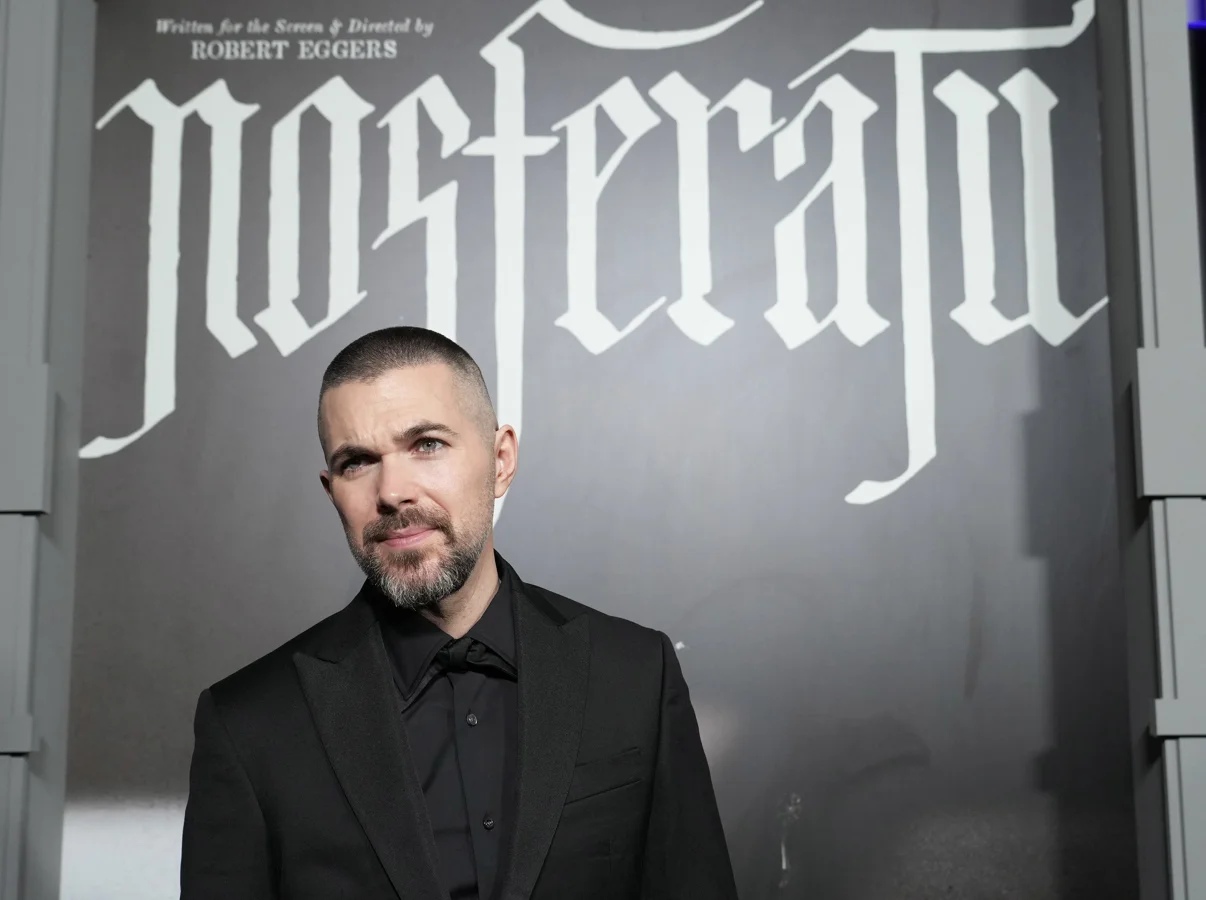Willem Dafoe is preparing for his upcoming project with director Robert Eggers, titled Werewulf, while currently starring in The Man in My Basement, a psychological thriller adapted from Walter Mosley’s novel. The film explores themes of identity, race, and power through the relationship between Charles (Corey Hawkins), a man close to losing his ancestral home, and Aniston Bennett (Dafoe), a stranger who pays to live in his basement. The movie, now available in select theaters and set to stream on Hulu on September 26th, uses its confined setting to unpack complex emotions and human stories. This Robert Eggers Werewulf collaboration marks another intense chapter for Dafoe after his immersive performance in this layered narrative.
Exploring Psychological Depth Through Setting and Performance
The film’s tension grows organically as the characters confront their inner struggles, largely due to director Nadia Latif’s decision to film basement sequences in chronological order. This approach allowed Dafoe and Hawkins to develop their characters’ relationship in real time, giving the exchanges a fresh and authentic energy. Latif frames the house as an extension of the characters, with different rooms symbolizing distinct memories and emotional states. The basement, notably, serves as the symbolic “gut” of the house where difficult truths are processed, reinforcing the film’s intense psychological atmosphere.

Dafoe Reflects on the Collaborative Process and Research
Dafoe expressed his appreciation for how the film’s structure avoids feeling like a mere intellectual debate by rooting discussions in character psychology. He said,
“The whole thing. All those elements, really,”
and added,
“A dramatic structure is built where they can talk about these things, and it doesn’t feel like just a flat debate because it’s rooted in the psychology of the characters and the situation.”
He also emphasized the importance of discovering character dynamics during filming, remarking,
“Because I’m finding out who he is through the doing. We’re working together to find out the direction of the story. It finds its own rhythm if we both give over to it.”
The director’s guidance in research contributed to Dafoe’s nuanced portrayal of Aniston Bennett.
“She steered me in the direction of some research and gave me some books and some films to look at,”
Dafoe shared.
“She accomplished a lot by turning me on to things that would help solidify who Aniston Bennett could be.”
Building a House That Mirrors Emotional Turmoil
For Nadia Latif, shaping the house as a living counterpart to the characters was essential. She explained,
“We talked a lot about the color theory of those spaces and locating [Charles’s] pain in different rooms. The ground floor is brighter than the upstairs. The basement becomes where things are digested. Even small details, like a pan of sausages feeling slightly like intestines, were part of making the house feel visceral.”
This meticulous attention to environmental storytelling helped convey the internal lives of Charles and Aniston, making the setting almost a character itself.
Portraying Vulnerability Beyond Stereotypes
Latif emphasized that Charles’s struggles were deliberately presented as human experiences, rather than solely tied to his race. She said,
“Charles’s problem is not being Black. His problems are personality, grief, and how he is with his neighbors. So it was about putting in key moments where we saw him in distress. There’s a scene where he hides under the bed, and a shower scene where he’s simply washing. Suddenly, they stop being the performance of men and become male bodies, soft bodies that can be harmed.”
This approach invites audiences to engage with the character’s vulnerability on a universal level.
Choosing the Right Location to Enhance Authenticity
Production scouted extensively before selecting Wales to stand in for 1990s Sag Harbor, appreciating how its nature and architecture matched the film’s vision. Latif shared,
“We looked everywhere and landed in Wales because nature and architecture matched what we needed. But we always committed to shooting in Sag Harbor, too. The last three days there felt like a homecoming.”
This blend of locations contributed to the film’s authentic atmosphere and connection to place, essential components in the story’s emotional texture.
Dafoe Offers a Glimpse into Robert Eggers’ Werewulf
Amid the current film’s release, Willem Dafoe gave a brief preview of his role in Robert Eggers’ forthcoming dark thriller Werewulf, which also stars Aaron Taylor-Johnson and Lily Rose Depp. He revealed,
“The period is 1300s and we’re filming in Wales and England now,”
hinting at the intense and immersive nature of the historical project as he grows an “unwieldy beard” for his role. This Robert Eggers Werewulf collaboration signals another demanding and potentially transformative performance for Dafoe.
Dafoe on Sustaining Passion Through Collaboration
Reflecting on his long career, Dafoe attributed his continued engagement with acting to the collaborative nature of filmmaking. He stated,
“You’ve got to earn it every time. Film is a collaborative art. I love to see a director who is dying to do something. They tell me what they see, and then I try to be it.”
This mindset aligns with the restless and intense tone observed in both his current and upcoming roles.
The Lasting Impact of The Man in My Basement
Director Nadia Latif aimed for the film to resonate long after the credits, seeking to evoke conversations among audiences well beyond the theater. She explained,
“The final act of any piece is when the audience can talk about it afterwards on the bus home. I still wanted to make that in a film.”
By focusing on raw human emotions within an intense setting, The Man in My Basement invites viewers to reflect on themes of vulnerability, identity, and the past’s hold on the present, while setting the stage for Dafoe’s next challenging role.
